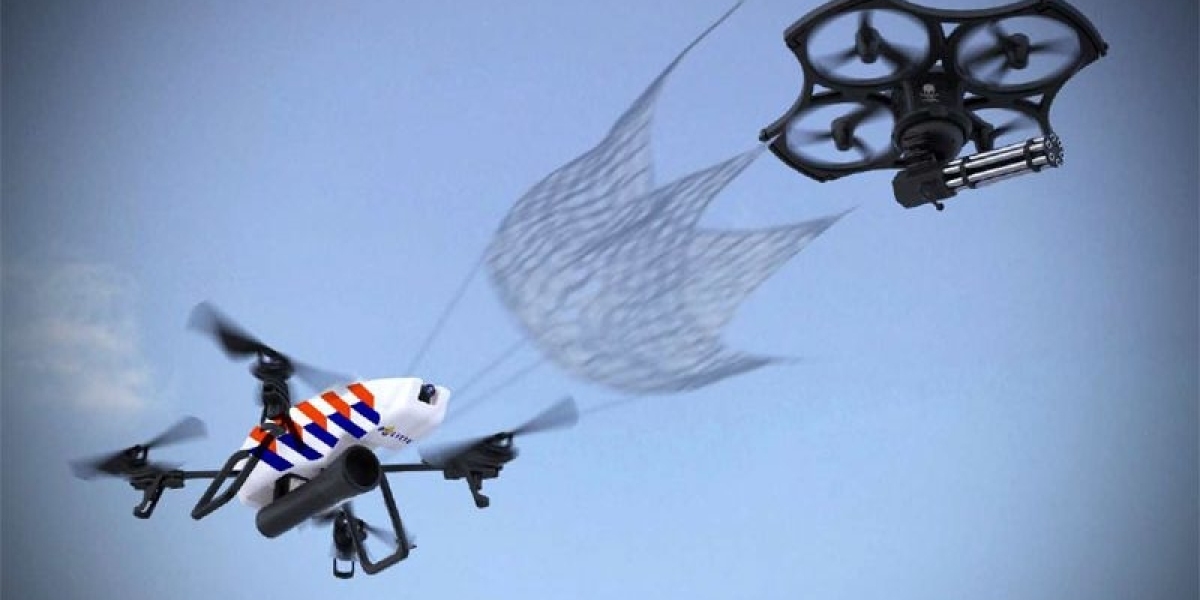Regulating Unmanned Aerial Vehicles
With the proliferation of inexpensive drones in recent years, governments and security agencies are actively working to regulate their use and develop countermeasures against malicious exploitation. Drones pose risks such as conducting surveillance of restricted areas, smuggling contraband, sabotaging critical infrastructure, and endangering passenger aircraft. Several countries have implemented no-fly zones and permit requirements to control drone activities. However, fully enforcing such regulations remains an ongoing challenge due to the ease of acquiring drones without authorization. Policymakers continue exploring technical and legislative options to manage this evolving threat landscape.
Detecting and Jamming Unauthorized Drones
One approach under consideration is utilizing specialized radio frequency (RF) detection systems to identify unauthorized or unknown drones within a restricted airspace. Such detection networks can offer rapid alerts and help security teams direct physical or electronic interventions. More advanced solutions also incorporate RF jamming capabilities to disrupt a Anti-Drone's communications link with its operator and force it to revert to a pre-programmed "home" location or land safely. However, jamming raises legal issues in many jurisdictions and risks interference with other wireless systems as well. It also may not always provide reliable targeting of specific problem drones amidst mixed RF environments.
Use of Interception Drones
A potentially more precise countermeasure is deploying dedicated "interception drones" to confront and disable malicious drones. Equipped with advanced sense-and-avoid capabilities, these systems can seek out rogue drones, identify them using various payloads such as electro-optical and infrared cameras, then selectively engage them using non-destructive methods. For example, some designs employ nets or filaments to gently snare a target drone's rotors or wings and bring it down without damage. Others utilize high-power lasers for short-range optical disruption of uncooperative drones' components. While non-jamming based, such active defense approaches still require sophisticated autonomous flight and targeting abilities along with suitable range, endurance and payload capabilities.
Electronic Warfare Countermeasures
Taking a cue from military applications, electronic warfare (EW) techniques are being studied and commercialized for civilian anti-drone systems. Instead of relying on communications monitoring or physical interception alone, EWcountermeasures aim to deceive, disrupt or hijack a drone's avionics using stealthy RF and cyber means. One category involves spoofing the drone's GPS navigation signals to manipulate its controls and direct it to a safer landing. Similarly, developing spoofing and manipulation attacks against other RF-based systems like Wi-Fi can potentially commandeer a compromised drone for benign purposes. While powerful, EW also brings risks of escalating tensions and an arms race if misused. Considerable research continues to define its lawful and responsible application for ensuring public safety.
Integrated Defensive Systems
Given the limits of any single countermeasure, a holistic solution involves developing integrated multi-layered systems that coordinate a mix of detection, identification, communication monitoring and active response capabilities. Several government agencies and commercial startups are pursuing such opportunities. For example, some concepts envision networked sensor grids sharing detections of unknown drones across a wide area, while mobile interception drones autonomously triangulate and intercept targets. Others propose modular add-ons like RF detectors, HD cameras, and optional weapon payloads to existing security drones, vehicles or towers. Longer term, as unmanned systems proliferate, "drone-vs-drone" engagements may emerge as a viable non-kinetic option for safely managing incursions by malicious autonomous platforms into restricted zones. Overall, coordinated efforts are underway worldwide to effectively track, identify and disable threatening drones through lawful and responsible technological innovation.
Low-Cost Counter-Swarming Technologies
A relatively new challenge is countering "drone swarms" comprising multiple cooperating unmanned vehicles. Groups of inexpensive drones working in coordination can overwhelm existing point defense solutions and pose severe risks. Researchers are studying cost-effective countermeasures for dealing with such emerging threats. For instance, one approach explores deploying decoy drones that mimic valid targets visually and electronically to lure away members of an attacker swarm. Other techniques experiment with acoustics-based detection of multiple drones involving Doppler shift analysis of propeller sounds. Jamming swarm communications using simultaneous wideband interference is also being developed. Over time, combining such inexpensive counter-swarming tactics with integrated intelligence from drone detection networks could help address asymmetric threats from low-cost malicious systems. Overall, innovation will be vital to ensure affordable options exist for countering evolving drone security challenges.
Regulating New Counter-Technologies
With the fast pace of counter-drone developments, policymakers face the challenge of prudently regulating new capabilities to prevent misuse while enabling lawful public safety applications. For example, guidance is needed around equipping anti-drone systems with active jamming or weapon payloads. Authorities recognize such risks but also the need for proportional defense against legitimate threats. Overall, laws aim to balance civil liberties and public safety, permitting minimal force options while restricting indiscriminate or escalatory responses. International cooperation is also important as counter.
Get more insights on this topic: Anti-Drone









